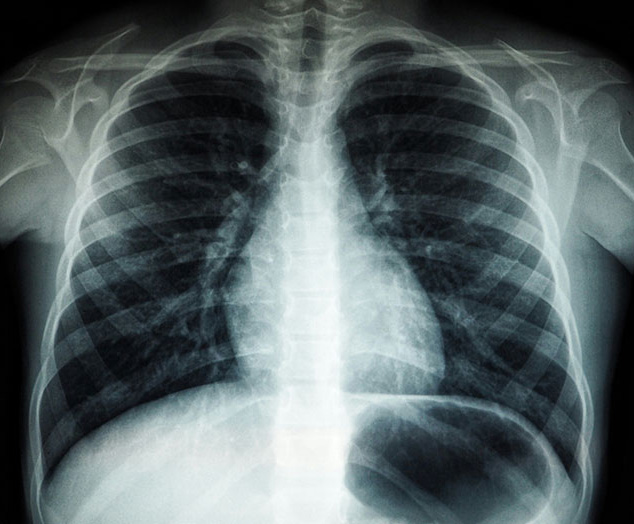IMPROVED LUNG FUNCTION
Pulmonary fibrosis (PF) is a progressive, interstitial lung disease characterized by scarring of the lung parenchyma that leads to irreversible loss of lung function. It is defined histopathologically by fibroblast proliferation, extracellular matrix deposition, and architectural distortion, with idiopathic pulmonary fibrosis (IPF) representing the most common and severe form. The disease arises from repeated alveolar epithelial injury, abnormal wound healing responses, fibroblast activation, and dysregulated immune signaling, leading to thickened, stiffened lungs with impaired gas exchange. Clinically, PF presents with dyspnea, chronic cough, reduced exercise tolerance, and low diffusion capacity. Progressive disease results in respiratory failure, pulmonary hypertension, and premature death, with median survival for IPF patients only 3–5 years after diagnosis.

